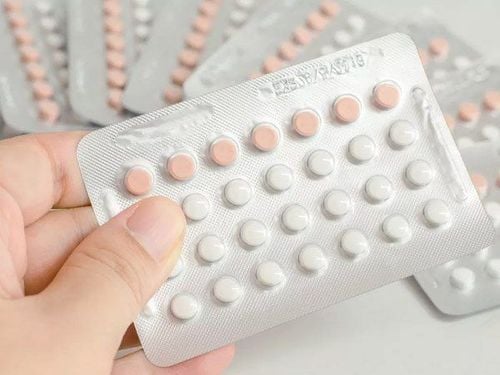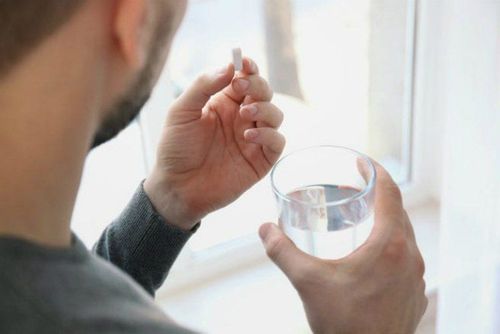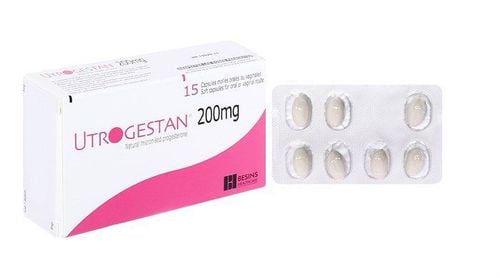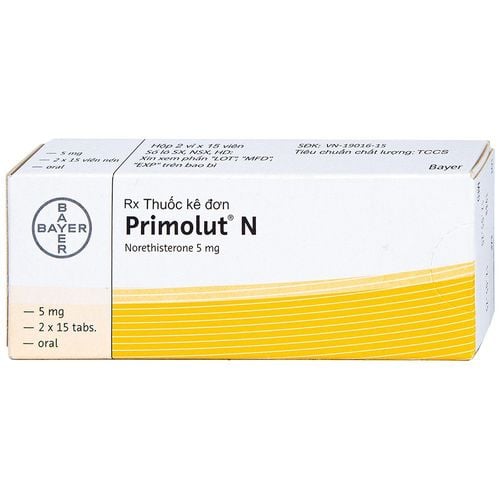This is an automatically translated article.
Posted by Doctor Dao Hong Nam - Traditional Medicine Doctor - Traditional Medicine Unit - Vinmec Times City International General Hospital
Menstrual disorders are abnormal manifestations of the menstrual cycle, the number of days of menstruation and the amount of menstrual blood compared to the previous normal cycles. Currently, there are many methods of treating menstrual disorders. The use of traditional medicine or traditional medicine is also chosen by many women.
1. What is menstrual disorder?
Menstrual disorders are abnormal manifestations of the menstrual cycle, the number of days of menstruation and the amount of menstrual blood compared to the previous normal cycles. Menstrual disorders can be a symptom of a medical condition or sometimes simply due to a change in environmental conditions. Menstrual disorders belong to the scope of dysmenorrhoea (menstrual disorder) of traditional medicine. The disease can occur in women of different ages, directly affecting the health and mental health of the patient.
2. Manifestations of menstrual disorders according to Oriental medicine?
Depending on the cause, each person has different symptoms. Common symptoms of this condition are as follows:
2.1. Abnormalities in menstrual cycle
Long menstrual cycle 35 days Low menstrual cycle 22 days Amenorrhea: no period for more than 6 months
2.2. Abnormalities in menstrual blood
This is an abnormality in the number of days of menstruation and the amount of menstrual blood
Hypermenorrhoea (menorrhagia): menstrual volume > 200ml/period Omenorrhea: duration of menstrual period < 2 days and menstrual volume < 20ml/period Menorrhagia: number of days Menstrual period > 7 days In addition, other abnormalities that may be encountered are changes in menstrual blood color that may change to bright red, light pink, purple-black, mixed with blood clots... or accompanied by premenstrual dysmenorrhea. , during or after the cycle.

Rối loạn kinh nguyệt là những biểu hiện bất thường về chu kỳ kinh nguyệt
3. Classification of diseases according to traditional medicine?
3.1. Premenstrual period (menstrual period 7 days earlier)
Premature menstruation is usually due to the following reasons:
Due to blood heat: Manifestations are early menstruation, abundant, burgundy, thick with blood clots, red face, red urine, yellow tongue moss, pulse active. Due to heat damage: early menstruation, small amount, red color, dizziness, restless sleep, dry yellow tongue moss, delicate pulse. Due to bad breath: menstruation before period, the number of menstrual periods is large, thin, light color, tired, short of breath, shy to speak, pale tongue, thin and wet tongue moss, weak pulse and powerless.
3.2. Postmenstrual period: menstruation is delayed by 7 days
Menstruation after period is slower than 7 days due to the following reasons:
Due to cold (damage, cold weather): slow menstrual period. small amount, thin, pale color, cold person, cold limbs, abdominal pain, hot compress to relieve pain, tired person, weak pulse (weak cold), or urgent (wind cold). Due to blood stasis: delayed menstruation, small amount, dark color, mixed with blood clots in the lower abdomen, severe pain, fullness in the chest and abdomen, constipation, little red urine, gray tongue, dark pulse. Due to blood damage: delayed menstruation, small amount, white face, fatigue, short breath, dry skin, dizziness, pale tongue without moss, delicate pulse. Due to low phlegm: delayed menstrual period, pale color, abdominal distension, pale mouth, poor appetite, pale white tongue moss, active pulse. Due to melancholic: delayed menstruation, small amount, pain in the lower abdomen, full chest and ribs, dark pulse.
3.3. Menstrual irregularity: Menstruation is early, sometimes late.
Menstrual irregularities: Menstruation is early and late due to the following reasons:
Because of the qi and blood clots: irregular menstruation, small volume, purple color and blood clots, irritability, breast tenderness before Menstruation, belching, constipation, palpitations. Due to spleen damage: menstrual irregularity, small quantity, pale color, fatigue, poor appetite, loss of appetite, or dizziness, nervousness, pale tongue, white tongue moss and weak pulse. Due to kidney damage, menstrual flow is irregular, dilute, pale color, tinnitus, dizziness, back pain, knee pain, frequent urination, loose stools, weak pulse. Rationale: Due to internal factors, extrasensory perception, or internal injury and disease. The above causes cause the qi and blood of the two pulse pulses and the cytoplasm to be out of balance, causing disease. On the other hand, due to internal diseases, the function of the organs of the liver, spleen and kidney can be disturbed, causing the blood qi and blood of the pulse pulse, the pulse and the uterus to lose balance, which causes menstrual disorders.
4. Treatment of menstrual disorders according to oriental medicine
Traditional medicine has long been the optimal choice for patients to treat menstrual disorders. This is a safe treatment with good results. To find and buy traditional medicine to regulate menstrual cycles, you should choose reputable, quality-tested facilities and consult a specialist doctor.
Vinmec Center for Traditional Medicine - Sao Phuong Dong was established based on the quintessence and inheritance of two traditional and modern medicine backgrounds in examination and treatment, with the aim of providing optimal choices. best for customers. With a team of specialists in Traditional Medicine with rich experience and expertise in examination and treatment, we will bring to customers the most effective, safe and reasonable treatment methods.
This is the bridge between Traditional Medicine and Modern Medicine. With traditional and natural medicinal methods, along with non-drug therapies such as nutrition, acupuncture, and acupressure massage. The center is also a suitable address for customers to improve their health, prevent and treat modern chronic diseases.














